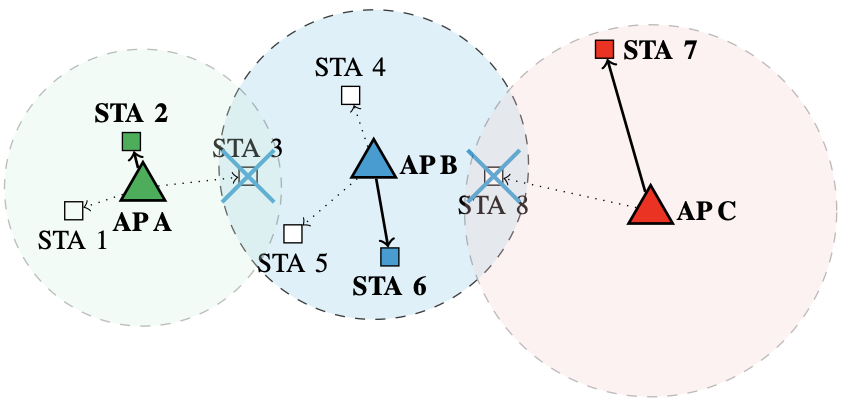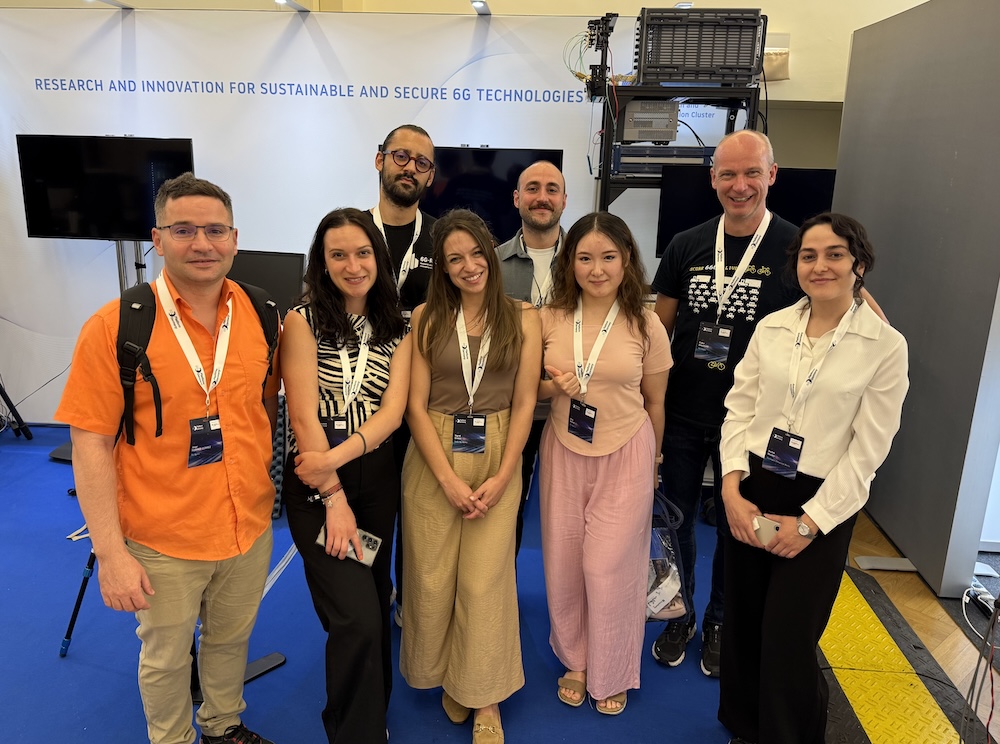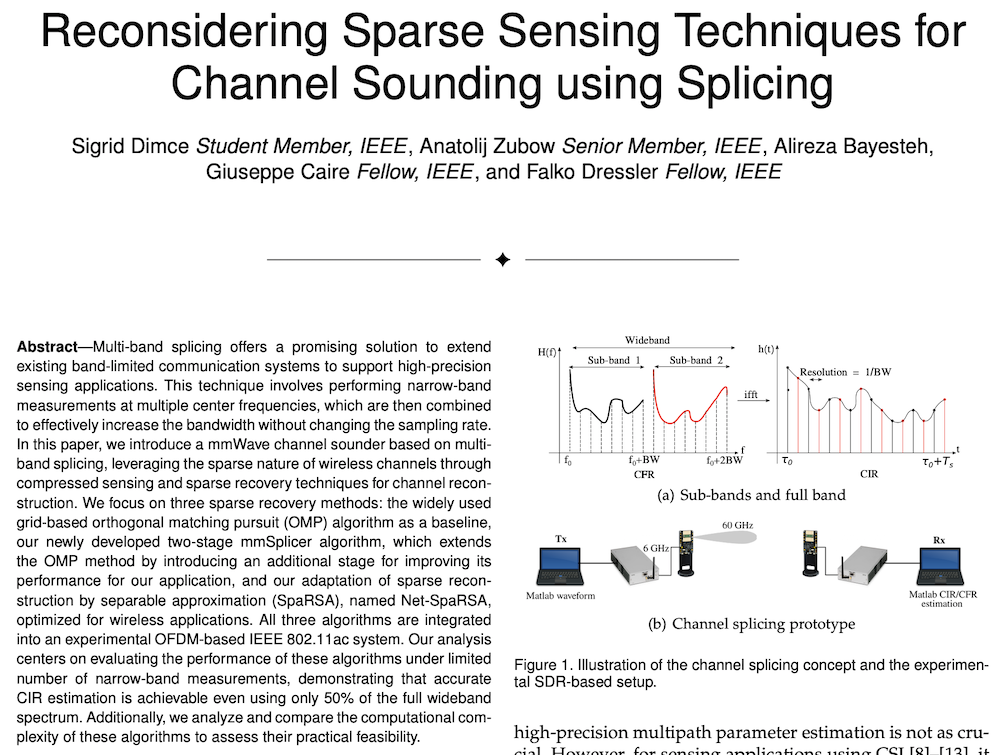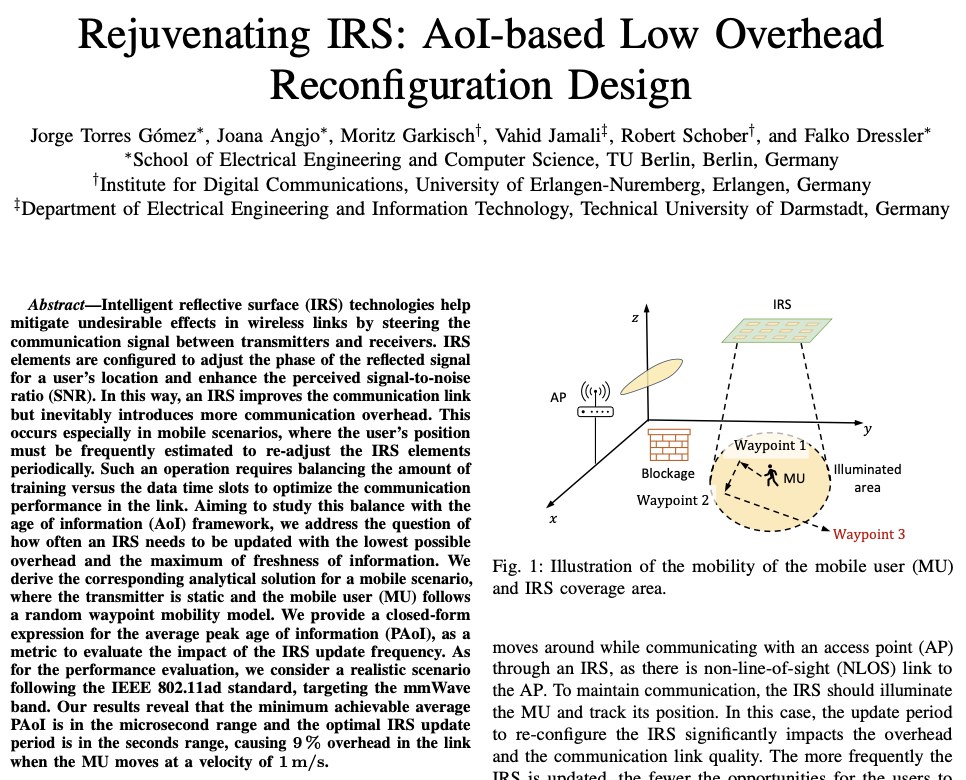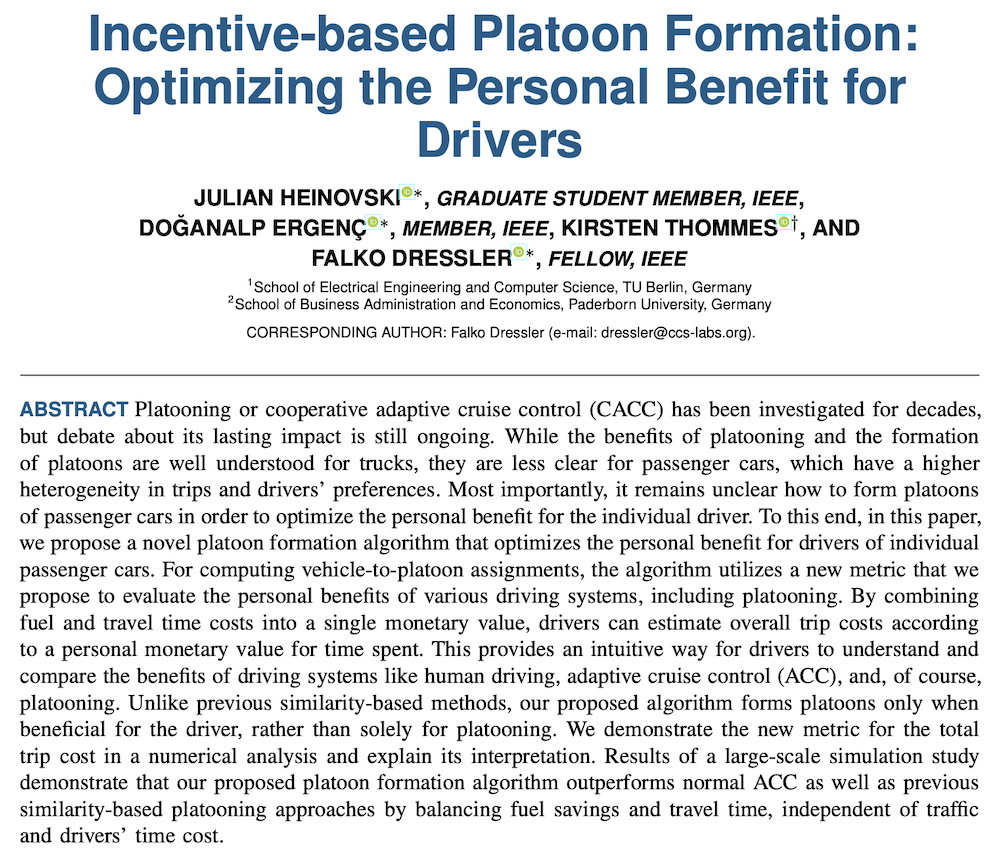Literature Database Entry
wu2015adaptive
Liang Wu, Zaichen Zhang, Jian Dang and Huaping Liu, "Adaptive Modulation Schemes for Visible Light Communications," Journal of Lightwave Technology, vol. 33 (1), pp. 117–125, January 2015.
Abstract
A major limitation of existing visible light communication (VLC) systems is the limited modulation bandwidth of light-emitting diodes used in such systems. Using adaptive modulation to improve the spectral efficiency for radio communications has been well studied. For VLC with various physical layer schemes, however, how adaptive modulation works is not well understood yet. The goal of this paper is to provide an in-depth analysis of the achievable spectral efficiency of adaptive modulation for three different schemes for high speed VLC: dc-biased optical orthogonal frequency division multiplexing (DCO-OFDM), asymmetrically clipped optical OFDM (ACO-OFDM), and single-carrier frequency-domain equalization (SC-FDE). We will show that in the low signal-to-noise ratio region, the ACO-OFDM-based adaptive modulation scheme outperforms the other two schemes. SC-FDE-based adaptive modulation achieves a better performance than the DCO-OFDM-based scheme, and schemes., it is much simpler than the other two
Quick access
Original Version ![]() (at publishers web site)
(at publishers web site)
BibTeX ![]()
Contact
Liang Wu
Zaichen Zhang
Jian Dang
Huaping Liu
BibTeX reference
@article{wu2015adaptive,
author = {Wu, Liang and Zhang, Zaichen and Dang, Jian and Liu, Huaping},
doi = {10.1109/JLT.2014.2374171},
title = {{Adaptive Modulation Schemes for Visible Light Communications}},
pages = {117--125},
journal = {Journal of Lightwave Technology},
issn = {0733-8724},
publisher = {IEEE},
month = {1},
number = {1},
volume = {33},
year = {2015},
}
Copyright notice
Links to final or draft versions of papers are presented here to ensure timely dissemination of scholarly and technical work. Copyright and all rights therein are retained by authors or by other copyright holders. All persons copying this information are expected to adhere to the terms and constraints invoked by each author's copyright. In most cases, these works may not be reposted or distributed for commercial purposes without the explicit permission of the copyright holder.
The following applies to all papers listed above that have IEEE copyrights: Personal use of this material is permitted. However, permission to reprint/republish this material for advertising or promotional purposes or for creating new collective works for resale or redistribution to servers or lists, or to reuse any copyrighted component of this work in other works must be obtained from the IEEE.
The following applies to all papers listed above that are in submission to IEEE conference/workshop proceedings or journals: This work has been submitted to the IEEE for possible publication. Copyright may be transferred without notice, after which this version may no longer be accessible.
The following applies to all papers listed above that have ACM copyrights: ACM COPYRIGHT NOTICE. Permission to make digital or hard copies of part or all of this work for personal or classroom use is granted without fee provided that copies are not made or distributed for profit or commercial advantage and that copies bear this notice and the full citation on the first page. Copyrights for components of this work owned by others than ACM must be honored. Abstracting with credit is permitted. To copy otherwise, to republish, to post on servers, or to redistribute to lists, requires prior specific permission and/or a fee. Request permissions from Publications Dept., ACM, Inc., fax +1 (212) 869-0481, or permissions@acm.org.
The following applies to all SpringerLink papers listed above that have Springer Science+Business Media copyrights: The original publication is available at www.springerlink.com.
This page was automatically generated using BibDB and bib2web.

